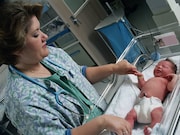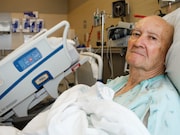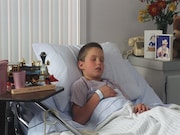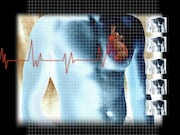Tag: Hospitals
Short Hospital Stays After Lung Surgery Do Not Up Readmissions
Findings based on one- to two-day length of stay versus three to five days after anatomic lung resection
Public Disclosure Law Improves Nurse Staffing Ratios
After enactment of N.J. law mandating reporting of staffing info, patients per RN fell for 10 specialties
Functional Impairment in Middle Age Linked to Adverse Outcomes
Impairment in activities of daily living linked to increased risk for hospitalization, nursing home admission
Older Patients With Vision Loss Have Higher Hospital Use, Costs
Similar findings seen among patients with commercial insurance
Many ICU Workers Contaminated With Drug-Resistant Bacteria
Improper removal of protective equipment tied to higher risk for drug-resistant organism contamination
Antibiotics, PPIs Tied to Higher C. Diff Risk in Hospitalized Children
Previous antibiotic exposure significant risk factor in combined studies but not in adjusted studies
Active Bathing in Non-ICU Setting Does Not Cut Infections
No change seen in risk for hospital-acquired infections overall; benefit seen for those with medical devices
Home Health Clinicians Frequently Lack Access to Hospital Records
Additionally, patients often not prepared with realistic expectations to receive home health care
Probiotic Sanitation Cuts Antimicrobial Resistance in Hospitals
Impact seen in lower use of antibiotics, costs tied to health care-associated infections
Electronic Order Set May Reduce Inappropriate ECG Monitoring
Findings observed among hospitalized patients not in an intensive care unit














